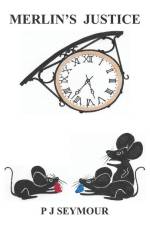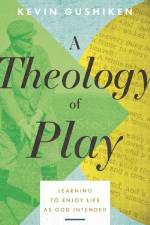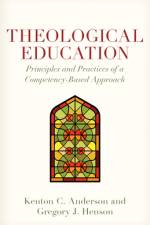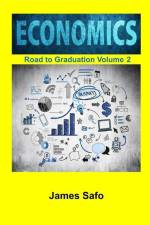av James Safo
499,-
Economics is an area of social studies that measure how people satisfy unlimited wants and needs with limited resources. There are three levels of economics, namely: macroeconomics, microeconomics, and home economicsThis publication, Economics; the Road to Graduation, is over 440 pages and contains twenty-two essays, including; microeconomic, macroeconomic, home economic>Microeconomics is the social science that studies the implications of incentives prices, resource prices and production methods, and decisions, specifically how those affect the utilisation and distribution of resources. The microeconomic theory deals with four crucial issues at an individual; What should be produced?How much should it be produced?How can one make the best use of given resources while producing goods and services to maximise production and consumption efficiency or maximise the returns for an individual (firm, industry, household etc.?. How the goods and services can be distributed for maximum well-being?MacroeconomicMacroeconomics is the branch of economics that deals with the structure, performance, behaviour, performance, and decision-making of an economy. It focuses on the aggregate changes in the economy, such as inflation, unemployment rate, national income, gross domestic product (GDP) growth rate, economic growth, Markets, business, consumers, government behaviour, and Price Level. Macroeconomics attempts to measure how well an economy is performing, understand what forces drive it, and project how performance can improve. The two main areas of macroeconomic research are long-term economic growth and shorter-term business cycles.Some of the critical questions addressed by macroeconomics include: What causes unemployment? What causes inflation? What creates or stimulates economic growth?The Evolution of MacroeconomicsMacroeconomics in its modern form is often defined as starting with John Maynard Keynes and his theories about market behaviour and governmental policies in the 1930s when it became apparent that classic economic theory (derived from microeconomics) was only sometimes directly applicable to nationwide economic behaviour. Classic economic theory assumes that economies always return to a state of equilibrium. In essence, this means that if demand for a product increases, the prices for that product get higher and individual companies rise to meet the demand. However, during the Great Depression, there was low output and wide-scale unemployment. Clearly, this did not indicate equilibrium on a macroeconomic scale.Macroeconomics helps a government evaluate an economy's performance and decide on actions to increase or slow growth.Macroeconomics helps a government evaluate an economy's performance and decide on actions to increase or slow growth.Home economics, also known as domestic economy, human sciences, and home science. Or family and consumer sciences is a field of study that concerns the management and economics of the community and home. Although it was primarily meant for girls and young women, all genders are involved in home economics classes.






























